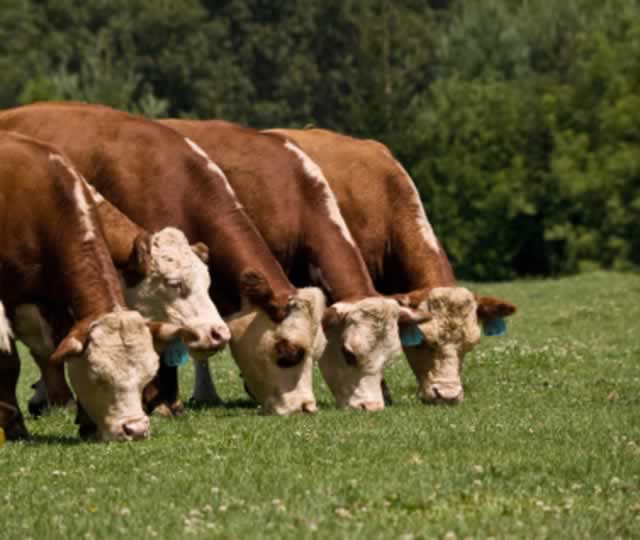Cattle, pigs form bulk of Zim slaughter stock

Harare Bureau
The value of crops and livestock through to marketing authorities in the eight months to August was at $804.8 million.
The statistics show that principal crops sold in the nine months to September were valued at $793.29 million while livestock (including milk) for the eight months to August (September statistics not yet available) totalled $113.38 million.
Cattle and pigs remain the principal commercial livestock slaughterings in the country while sheep and goats make up an insignificant number.
The government is aiming to increase the national herd of cattle from the existing 5,3 million to 6 million, a senior official said.
The Deputy Minister of Agriculture responsible for livestock, Paddy Zhanda, said the government was finalising a financial assistance scheme with international financiers to undertake the project.
“We’re targeting 80 percent calving ratio from the current 45 percent and this will ensure capacity to grow national herd is enhanced,” he said.
Zhanda said the government would grow the national herd by capacitating local producers.
“We’re contemplating establishment of a semen bank for artificial insemination which will reduce the cost of production and bolster the national herd,” he said.
Zhanda said the national dairy herd stands at 33,000 while 56 million litres were produced annually.
He said the country’s monthly consumption was between 8 million and 10 million litres of milk when the sector was producing a monthly average of 4.5 million litres.
“There’s great emphasis on the need to resuscitate the dairy industry, like in other countries, the sector is heavily subsidised,” he said.
At peak in 1990, the country produced 256 million litres per year from a herd of 191,000.
The dairy sector is dominated by commercial farmers who own 25,706 cows and heifers while small holder farmers have 3,155 cows with the remainder in the communal areas.










Comments